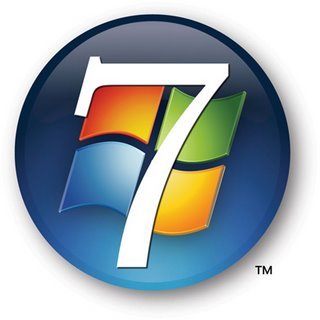Where does the iPad fit in education?
/
After some initial hesitation before the launch of the iPad as to how effective, stylish and useful it would be for the home user I am yet to hear many complaints since it hit the market early last month. Compared to the iPhone it is quick, has a beautiful display and Apple’s handprint all over in terms of the user interface, design and ease of use.
However, does the iPad really stack up as a useful tool for teachers and students? Sure it has some educational apps that I examined last month that look great but is this a tool we would want our kids reaching for on a daily basis or are there better alternatives.
I have read reams of information about how the iPad is going to revolutionise education which I find amazing as obviously none of these people have tried to use it in a genuine educational environment. I have put together some pros and cons for the iPad in education below as I see it at from my own experiences.
Pros:
Battery Life: 10 hours, you wish. But 7 are realistic and more than acceptable for classroom needs.
Cost: comparative to a high end netbook or a lower specced laptop it is definitely on the radar of most school budgets.
Single tasking: Yes this can actually be a pro in the classroom. No network games going on in the background of other applications means students can remain focussed on the job at hand.
Space Conscious. No need for a dedicated desk you can work from your lap and it can be stored compactly and securely within your classroom.
A large range of cheap apps: Tens of thousands of programs to choose from. Surely there is an app for almost everything now.
Beautiful display: Yes it is.
Cons:
Single Tasking: You can only do one thing at a time: Didn’t this go out in computing 20 years ago when OS2 Warp was launched. I know OS 4.0 is working on this but really… This is 2010
Multiple User License Software: I see this as the biggest killer to the iPad in Education. Apple are clearly not interested in coming up with a solution to this as it is just not as profitable as the 30 something single user market. Buy apps individually and install them individually. Good luck keeping up with that when you have more than about 5 of them.
No Camera: Really how hard would this have been and how many less options does it offer students. I am sure it will appear in the next model.
ITunes: Yes, everything you want to do on your iPad in terms of managing your hardware and software has to run through iTunes. You should really feel confident about this.
Can’t re-image or upgrade multiple units: Our techies will love dealing this on a one at a time basis through iTunes.
Networking Nightmare: Anyone want to print or access a shared database of information or files? Well good luck with that.
File compatibility. In a perfect world every media file would be written in a format Apple could sell. But unfortunately the vast majority of digital content is not. Oh Well... I won’t mention the word FLASH either.
Breakability: It is Oh’ Sooo pretty and I’d be cautious letting my students pass this slippery sucker around a busy classroom.
Single User Accounts: Yes, maybe more than one person would like to have a profile on the iPad.
Conclusion: The iPad is great for single use on a simple home network and probably meets most of our needs in this role and I commend Apple for their innovation in producing it. However it is clearly a long way from any environment that multiple users would like to use with reliability and confidence for the many cons it offers. The iPad education revolution has a long way to go in my opinion as it just not up to the job in schools.
As always Apple you have given us a taste of what might be in a few years with your lovely iPad but I’ll be leaving mine at home for the moment.
I would love to hear your thoughts on this too.












